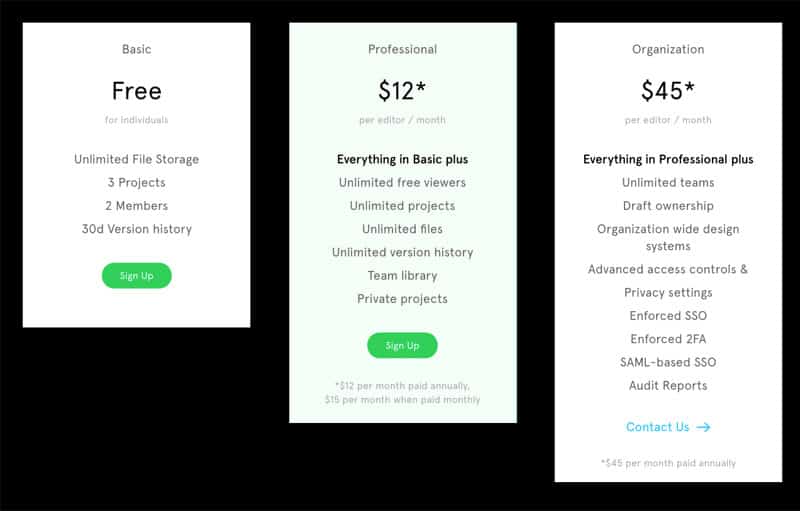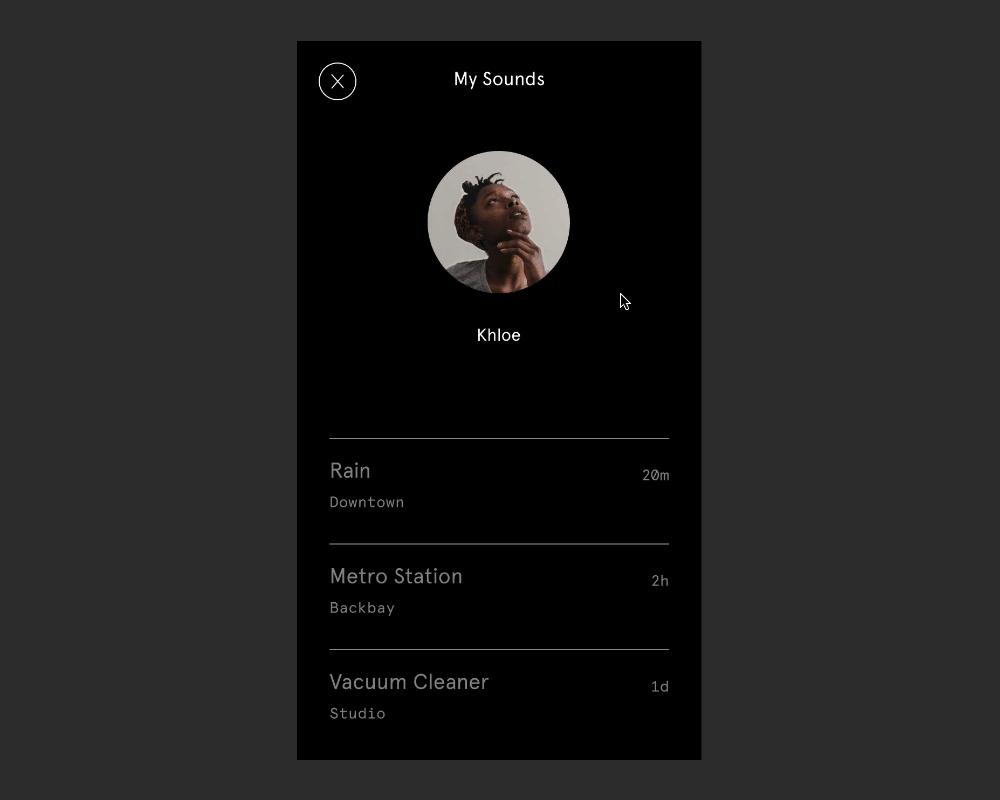Figma Review
- Look and Feel - 8/108/10
- Features - 9/109/10
- Ease of Use - 7/107/10
- Pricing - 8/108/10
- Support - 6/106/10
Summary
Is Figma just like any other tool out there online or desktop? Is it the best for UX Designers? This is something little goes biased to answer but in short, we can say yes for someone who wants prototyping, designing, sharing, feedback and collaboration. This is not an entirely all in one tool which might give professional UX design capabilities but surely you will love using it.
What is Figma?
Increasingly UX designers are on the lookout for incredible tools to help them enhance the quality of their work. And Figma is one application that can help users to turn ideas into products faster and more efficiently. It offers all in one platform where individuals can design, prototype, and gather feedback on their work without looking elsewhere. As a collaborative interface design tool, it comes with some of the newest elements that aren’t available in many other applications making it ideal for UX/UI design, prototyping, wireframing, and brainstorming. Founded back in 2015, Figma runs 100% inside the browser hence requires no installations to use. Let’s looks at its features below.
Figma features
1.Setup/On-boarding
One thing that sets Figma apart from other alternative tools is the relative ease of getting on board. Typically, most design applications require a download before following multiple setup procedures. Since Figma is all web-based it saves you from all that trouble. You can immediately log in from your browser and get on with your work. A Mac/Windows mobile App is also available if you like to get things done over the phone. In essence, with Figma you do not have to worry about plugins or updates to install, saving files because everything has been harmonized to make you focus on your work.
2.Prototyping
Figma comes with an integral prototyping feature so you can easily alternate different aspects of your work. You can easily switch from design and instantly embark on creating fantastic interactions without syncing or uploading your designs from another platform. Besides you can use a link to share and get feedback about your prototypes making it a stay in one tool for communication, prototyping, and design.
3.Editing tools
If you have found the editing path in alternative tools quite rigid, you will be pleased with the power of Figma to this end. The application comes with a 60fps interactive editing with crisp, pixel-perfect previews and export features making it prompt and powerful. It also offers accurate and easily utilizable non-destructive Boolean operations, gradients, and fills not to mention the cool vector networks that redefine how the pen tool should work.
4.Built for UI
Figma provides a better way to develop digital imprints as far as putting up a responsive user interface is concerned. Its designs will readily adjust to screen changes thanks to featured constraints. It also comes with layout grids that allow the user increased granular control over the constraints. The UI is also made better with components that enable the reuse of elements across all the users’ designs.
5.Team component libraries
The feature allows the user to enjoy sharing of library components within a team. You can develop design systems linkable with UI integrals that your team can utilize. Also, you can publish and make changes on any component in the library and every team member will see the action. Moreover, any team member can upload shared components in the design files accordingly. So if you are working as a group of designers, the team library will allow you to work harmoniously while maintaining a level of consistency in your work.
6.Real-Time Collaboration
Figma takes design work to a whole new level with real-time collaboration feature. Ideally, you can work together with someone else on the same project at the same time sharing files and getting feedback quite efficiently. So when you are in a rush to complete some work you can easily coordinate and consolidate effort for timely execution.
7.Turning work into a product
Figma makes it easy for designers to turn well thought out concepts into code. With its live device preview, you can mirror designs without the slightest hesitation. It also gives users the power to inspect, copy, and export elements of the design as the need arises.
8.Built for teams
This tool also offers sufficient flexibility and control to allow teams to scale up their work and get better results. With team spaces and advanced granular permissions that allow timely sharing, any group of designers has all the resources they need to complete their project in every possible way.
9.Streamlined communication
If you have been looking for a tool that streamlines communication and harmonizes feedback in your design processes then Figma can take you through that extra mile. With everything under one platform, it makes it easier to get others through your work with the presentation mode without wasting time switching. You can also communicate right on your designs with comments and get ideas of what going on with slack and E-mail notifications.
10.Detailed version history
With Figma work is saved at every step and every change can be tracked through the highly detailed version history.
11.Integrations
This platform allows real-time and direct integration with apps and websites thanks to its reliable Web API and open JSON format. It allows developers to use cases ranging from internal and external integrations to creative applications making collaborations quick and effective
12.Developer Handoff
Figma is ideal if you are looking for a tool to help you handoff you’re your design to developers. One can showcase their work to developers who can export some assets from it but cannot modify the design. Again, you do not have to upload your screens to any third party tools.
Pros:
- Super fast and easy to use
- Offers super flexible components/styles
- Better component library management
- Available online; on Windows, Mac or Linux
- Has a clean UI and sleek toolset
- Seamless communication framework
Cons:
- Lacks an embedded symbol library
Pricing

Conclusion
If you have been looking forward to trying a new design platform, Figma offers an all in one space to prototype, design, and gather feedback at ago. The speed, collaboration feature, clear UI, and comprehensive toolset offer all it takes to get better performance.
